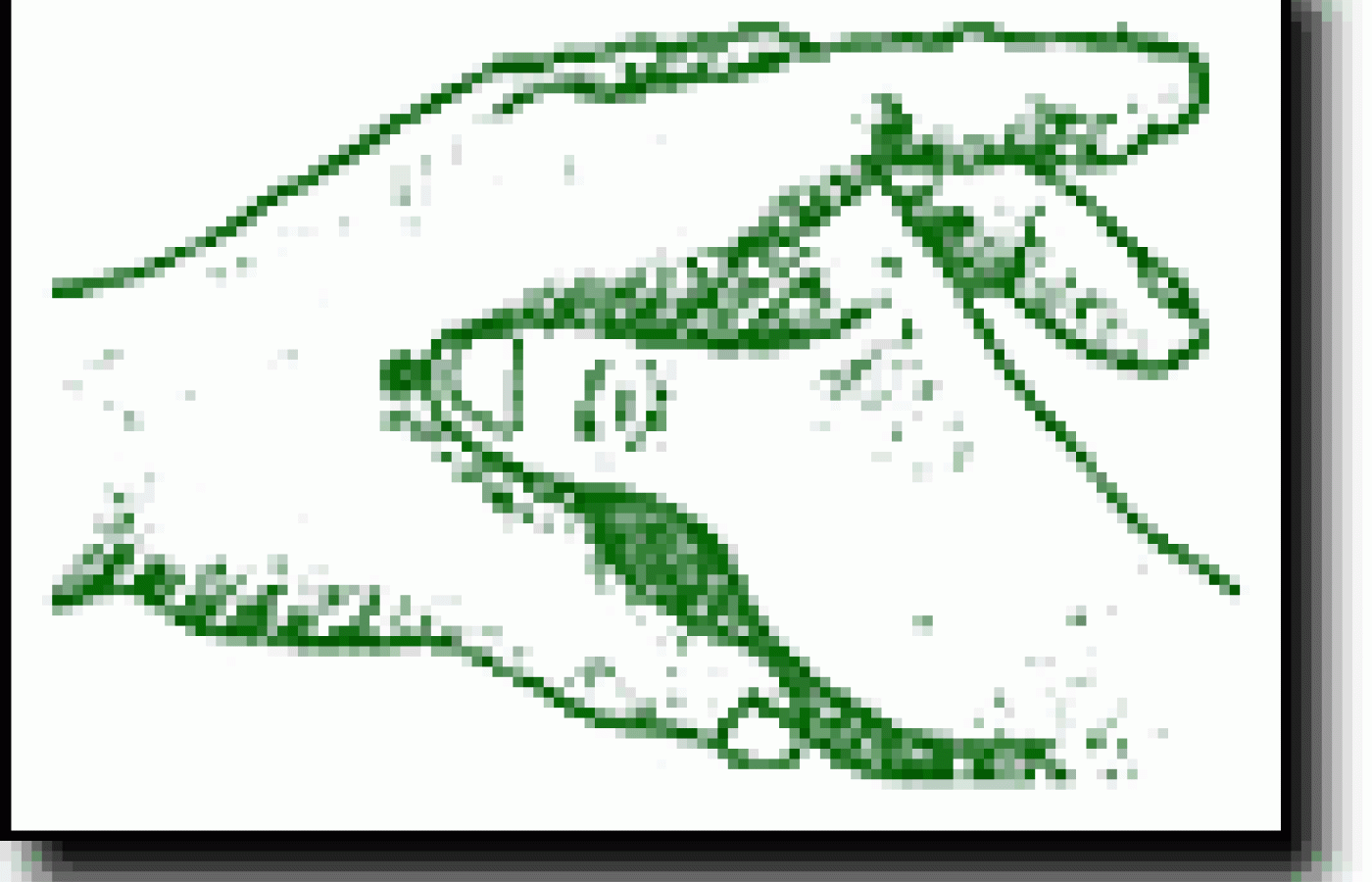Whether you accept it, avoid it or live somewhere in between, insurance coverage has become a defining issue for our profession. Patients increasingly expect to use their benefits, practitioners want to be compensated fairly for their time and expertise, and the system itself remains – at best – fragmented. The encouraging news is that coverage has expanded in meaningful ways. The challenging news is that reimbursement, across the board, remains inadequate.
Acupressure Patients Find Relief for Low Back Pain
Low back pain (LBP) is a common problem for people all over the world. The millions who suffer from LBP on a daily basis seek relief through a variety of methods; far too often, the first line of treatment is over-the-counter pain medication, which is associated with potentially dangerous side effects. If the results of a recent study are any indication, patients should be turning their attention to Oriental medicine for relief from back pain; the study found that a session of acupressure was superior to physical therapy in reducing pain and disability while improving functional status.
Previous research has evaluated the effectiveness of acupressure in treating LPB, but the results have been somewhat ambiguous. Previous studies failed to account for validated standard outcome measures, functional status or disability - all important variables.

"The efficacy of acupressure in relieving pain associated with low back pain has been shown by a randomized, controlled trial," explained Dr. Lisa Li-Chen Hsieh, a member of the Institute of Preventative Medicine at National Taiwan University in Taipei and the current study's lead author. "However, the outcomes in that study were assessed by description of pain character and failed to take into account functional status and disability as recommended by most low back pain researchers. Although trials have investigated the efficacy of physical therapy, acupuncture and acupressure in reducing low back pain, the type of outcome measurement has varied from study to study."
In conducting the current study, Dr. Hsieh and her colleagues recruited 129 adult patients who had suffered from chronic LBP for a minimum of four months, and for whom the pain was not caused by systemic or organic diseases, cancers or psychiatric diseases. Participants also could not be pregnant or suffer from acute severe pain that required immediate treatment or surgery. Sixty-four patients were assigned randomly to receive acupressure. (The exact technique and points treated were not described in the study.) The remaining patients were assigned to receive "physical therapy," which included such treatments as pelvic manual traction, spinal manipulation, thermotherapy, infrared light therapy, electrical stimulation and exercise therapy.
Each study participant received six sessions of either acupressure or physical therapy for one month. Primary endpoints were self-administered Chinese versions of standard outcome measures for low back pain at baseline, after treatment and at a six-month follow-up.
After treatment, the Roland-Morris disability questionnaire score was significantly lower in the acupressure group than in the physical therapy group, regardless of the difference in absolute score (-3.8; 95% confidence interval [CI], -5.7 to -1.9) or mean change from baseline (-4.64; 95% CI, -6.39 to -2.89). The study documented similar outcomes in terms of function using the modified Oswestry disability questionnaire. Outcomes remained significantly different after adjustment for pretreatment scores and other baseline characteristics, and the results were maintained at six months. In terms of disability, Oswestry scores were as follows: Patients receiving acupressure had an average pretreatment score of 24.4 and a postreatment score of only 17.0; after six months, the score had dropped even further, to 12.2. By comparison, patients receiving physical therapy had an average pretreatment score of 21.1, which dropped minimally to 20.6 posttreatment, and to only 17.9 at six-month follow-up.
Patients receiving acupressure also reported greater improvements in low back pain, leg pain, pain that limited normal work, and days off from school or work. In addition, mean posttreatment scores were higher in the acupressure group for "satisfaction of life with the symptoms" as well as "satisfaction with previous treatment."
Study limitations included a confounding psychological effect of therapy, a loss of 15.5 percent of patients to follow-up at six months, and the fact that the effectiveness of any manipulation therapy dependent largely on the individual therapist's technique and experience. Despite these limitations, the researchers believe that acupressure provided clear benefits with respect to pain relief and functional improvement, and that their study could serve as a blueprint for larger trials. of pain relief and functional improvement, and that their study could serve as a blueprint for larger clinical trials.
"Acupressure was effective in reducing low back pain in terms of disability, pain scores and functional status," they said. "The benefit was sustained for six months and the results will provide a base for comparison across international studies."
Resources
- Treatment of low back pain by acupressure and physical therapy: randomized controlled trial. Lisa Li-Chen Hsieh, Chung-Hung Kuo, Liang Huei Lee, Amy Ming-Fang Yen, Kuo-Liong Chien, Tony Jsiu-His Chen. BMJ Online First, www.bmj.com, published Feb. 17, 2006.
- "Acupressure May Be More Effective Than Physical Therapy at Relieving Low Back Pain." Medscape Medical News, www.medscape.com, Feb. 21, 2006.
- "Acupressure May Be More Effective for Low Back Pain Than Physical Therapy." Reuters Health, www.reutershealth.com, Feb. 16, 2006.
- "Hands-On Therapy Helps Low Back Pain," by Salynn Boyles. WebMD News, www.webmd.com, Feb.17, 2006.



